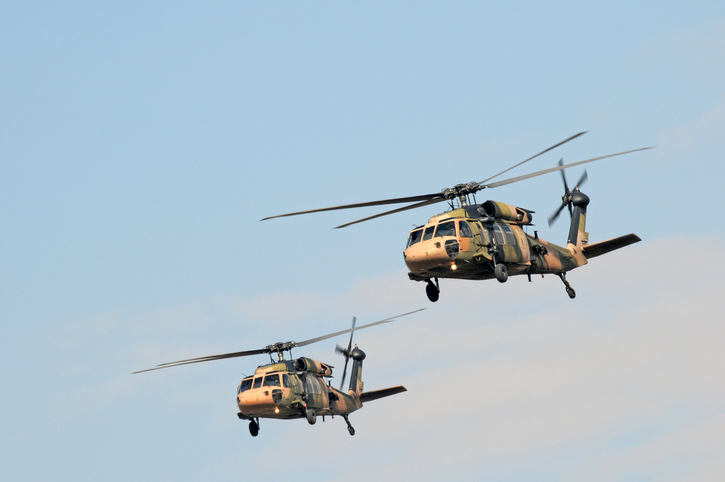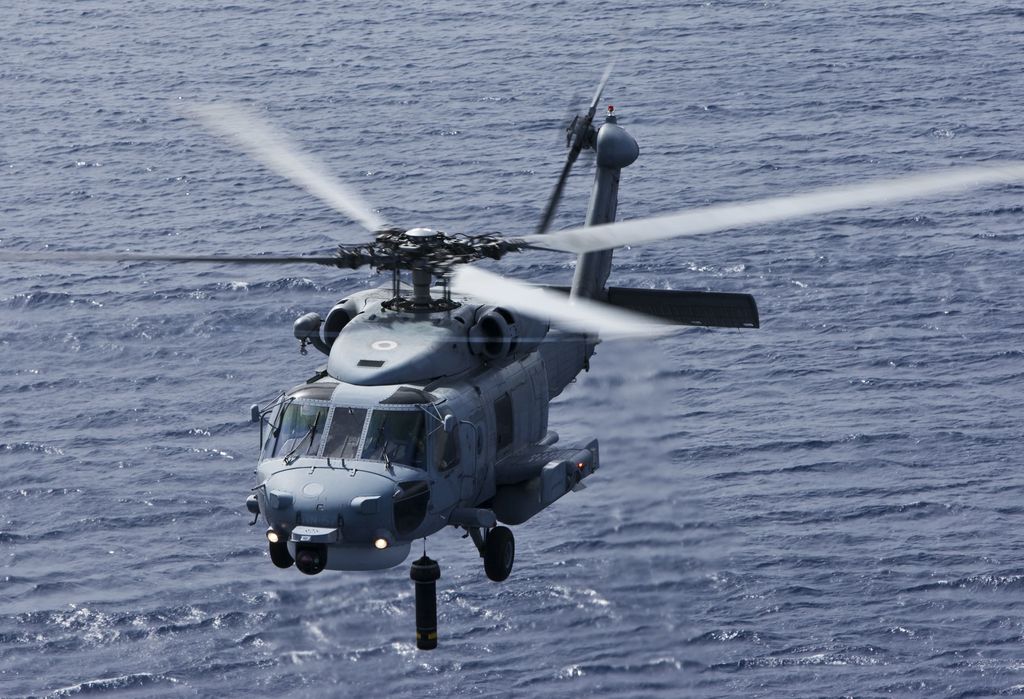Rotary-Wing Aircraft Offering Superior Sturdiness and Accuracy Engineering
In the world of aeronautics, rotary-wing aircraft have actually long been acknowledged for their special capabilities in different functional settings. From military missions to private applications, the development of rotary-wing technology has led the way for machines that supply exceptional toughness and accuracy engineering. With advancements in materials and building and construction strategies, combined with innovative trip control systems, these airplanes have become important tools for tasks that require both robustness and accuracy. As we explore the intricate balance in between technology and dependability in rotary-wing aircraft, it comes to be obvious that the merging of advanced innovation and tried and tested design concepts has established a new criterion for efficiency and performance in the aerospace industry.
Advancement of Rotary-Wing Technology
Throughout the background of air travel, the advancement of rotary-wing technology has actually been a testament to consistent technology and advancement in aerial design. From the early days of upright flight with fundamental designs to the advanced helicopters and other rotary-wing aircraft these days, the progression in this field has been impressive.
In the very early 1900s, pioneers like Igor Sikorsky and Juan de la Cierva made significant strides in rotary-wing modern technology. Sikorsky's VS-300 helicopter, initial flown in 1939, noted an essential moment in the development of sensible rotary-wing airplane. This success led the way for further innovations in vertical trip capacities.

Today, rotary-wing airplane play critical duties in different fields, consisting of army operations, emergency clinical services, legislation enforcement, and industrial transportation. The evolution of rotary-wing modern technology remains to push the boundaries of what is possible in upright flight, ensuring that these aircraft remain vital properties in the aeronautics industry.
Products and Construction Innovations
Demonstrating a combination of sophisticated products and exact construction techniques, rotary-wing aircraft have actually undergone significant innovations in longevity and performance. One of the vital developments in products utilized for rotary-wing airplane is the enhancing use of composite materials.
Moreover, the assimilation of advanced layers and surface therapies has actually played an essential role in improving the toughness of rotary-wing airplane. These finishings offer defense versus corrosion, abrasion, and extreme climate conditions, expanding the life expectancy of the aircraft and reducing upkeep requirements.
In regards to construction innovations, additive production, likewise referred to as 3D printing, has actually changed the production of complicated elements for rotary-wing aircraft. This technology enables quick prototyping and customization, leading to faster development cycles and decreased costs. On the whole, the continual advancement of products and construction strategies is driving the capabilities and performance of rotary-wing aircraft to new heights.
Accuracy Flight Control Equipment

The assimilation of GPS modern technology additionally improves the accuracy and integrity of these systems, permitting exact navigation, waypoint tracking, and automated flight control. sikorsky s 70. This level of precision not just boosts the safety of rotary-wing operations but additionally boosts general functional efficiency and mission effectiveness
Furthermore, the constant improvements in expert system and artificial intelligence have assisted in the growth of autonomous trip capacities within Precision Flight Control Systems. This makes it possible for rotary-wing airplane to carry out complicated missions with unrivaled precision and consistency, making them vital assets in a vast array of applications, consisting of armed forces operations, search and rescue goals, and airborne photography.
Durability in Challenging Environments
Popular functional setups, rotary-wing aircraft show phenomenal strength and robustness, guaranteeing optimum efficiency under challenging ecological conditions. These aircraft are designed to withstand a wide variety of ecological aspects, consisting of extreme temperature levels, high winds, and rough terrain, making them fit for numerous missions in diverse landscapes.
One essential factor adding to the durability of rotary-wing aircraft is additional info their sturdy building. These airplanes are constructed using top notch materials and progressed engineering strategies to boost their architectural stability and reliability. Furthermore, components such as rotor blades, engine systems, and touchdown equipment are diligently developed to endure the stresses and strains come across during procedures in difficult environments.
In addition, rotary-wing aircraft are outfitted with innovative onboard systems that keep an eye on performance metrics in real-time, enabling proactive maintenance and very early discovery of prospective problems - sikorsky s 70. This positive method aids avoid unexpected failings and ensures the continued airworthiness of the aircraft in requiring operational settings. On the whole, the toughness of rotary-wing airplane in tough environments is a testimony to their exceptional design and design, making them important possessions for various mission-critical operations
Upkeep and Integrity Standards
The adherence to stringent maintenance and reliability requirements is vital in ensuring the optimal performance and safety of rotary-wing airplane. Regular upkeep checks, performed by certified technicians, are important to identify and attend to any type of prospective issues prior to they compromise the aircraft's performance. These checks include an extensive examination of all essential components, including the engine, blades system, avionics, and hydraulic systems, to assure that they remain in prime working condition.
Additionally, adherence to scheduled maintenance intervals in accordance with supplier guidelines is important for supporting the airplane's dependability. This proactive technique helps protect against unforeseen failures and ensures that the aircraft stays airworthy for its desired goals. Additionally, the implementation of durable dependability criteria, such as regular part testing and replacement based on fixed lifecycles, further enhances the airplane's reliability.
Final Thought

In final thought, the developments in rotary-wing aircraft technology have led to superior longevity and precision engineering. With cutting-edge materials and building strategies, together with accuracy her response trip control systems, these aircraft can run in difficult settings with raised integrity. The upkeep and dependability criteria guarantee that these rotary-wing airplane remain to execute at their best, making them essential properties for different industries.
Showing a blend of innovative products and exact building and construction methods, rotary-wing airplane have actually undergone substantial improvements in toughness and efficiency. One of the key developments in products utilized for rotary-wing airplane is the increasing use of composite products.With precise attention to detail and progressed technological combination, rotary-wing airplane have actually embraced Accuracy Flight Control Equipment as a keystone of their functional quality. Overall, the toughness of rotary-wing airplane in challenging settings is a testament to their superior design and layout, making them crucial possessions for various mission-critical operations.
In like it conclusion, the advancements in rotary-wing airplane innovation have actually led to superior longevity and accuracy engineering.